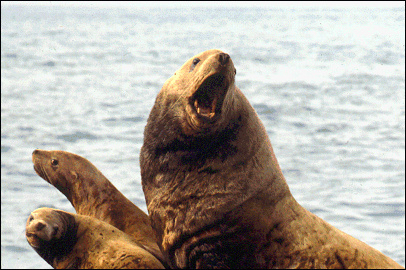The course focuses on developing, parameterizing and fitting population dynamics models. Examples and lectures cover age-aggregated models, age-structured models, and size-structured models. These types of models form the basis for population model-based stock assessments of fish and invertebrate stocks and are core to the methods of stock assessment applied in the US.
Modeling environments such as EXCELTM and Visual BasicTM are sufficient for conducting several types of analyses, but more powerful techniques are often needed to solve research questions. The focus of this course will be on fisheries applications, but the models and techniques to be covered are broadly applicable in quantitative conservation biology.
The course is based on four major themes:
- how to use R to perform numerical analyses;
- how to use Template Model Builder (TMB)TM
to fit models to data;
- how to use BUGS
to
implement Bayesian hierarchical models; and
- standard numerical techniques.

The numerical methods section of the course will introduce students to numerical differentiation and integration, interpolation and how to generate random numbers.
The R component of the course will focus on how to use
R to implement the numerical methods covered during the
course, as well as how to use R when fitting models
using ADMB.
The BUGS component of the course will introduce
students to the use of the BUGS packages. .
Numerical techniques should not be applied "cookbook" style. It is necessary to understand the mathematical basis for the technique. Furthermore, numerical techniques frequently involve expert judgment regarding choices (e.g. for tolerances, initial values). The best way to learn a numerical technique therefore involves knowing its theoretical basis and spending time practicing it. This course will attempt to cover both aspects.